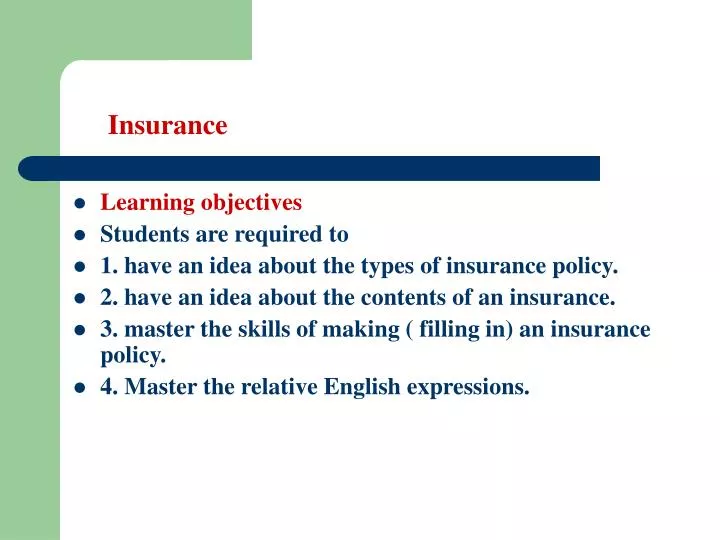Pacific Prime Things To Know Before You Buy
Table of ContentsPacific Prime Fundamentals ExplainedThe Buzz on Pacific PrimePacific Prime Can Be Fun For AnyoneNot known Incorrect Statements About Pacific Prime The Single Strategy To Use For Pacific Prime

This is due to the fact that the data were accumulated for a period of strong financial efficiency. Of the approximated 42 million individuals that were without insurance, just about regarding 420,000 (regarding 1 percent) were under 65 years old, the age at which most Americans become qualified for Medicare; 32 million were adults between ages 18 and 65, around 19 percent of all grownups in this age group; and 10 million were kids under 18 years old, concerning 13.9 percent of all children (Mills, 2000).
These quotes of the variety of individuals uninsured are generated from the annual March Supplement to the Existing Populace Study (CPS), conducted by the Census Bureau. Unless otherwise kept in mind, nationwide price quotes of people without health insurance policy and proportions of the populace with different kinds of insurance coverage are based upon the CPS, one of the most widely used source of estimates of insurance coverage and uninsurance rates.
Fascination About Pacific Prime

Still, the CPS is particularly helpful because it generates yearly quotes fairly swiftly, reporting the previous year's insurance coverage approximates each September, and since it is the basis for a consistent collection of price quotes for greater than twenty years, permitting evaluation of patterns in protection over time. For these factors, along with the substantial usage of the CPS in various other studies of insurance policy coverage that exist in this record, we count on CPS estimates, with constraints noted.

The price quote of the number of without insurance people increases when a population's insurance policy status is tracked for numerous years. Over a three-year period starting early in 1993, 72 million individuals, 29 percent of the U.S. https://www.gaiaonline.com/profiles/pacificpr1me/46638741/. populace, lacked coverage for at the very least one month. Within a single year (1994 ), 53 million people experienced a minimum of a month without insurance coverage (Bennefield, 1998a)
Six out of every ten without insurance adults are themselves used. this hyperlink Working does enhance the possibility that one and one's household members will certainly have insurance coverage, it is not a warranty. Even participants of households with 2 full time breadwinner have practically a one-in-ten opportunity of being without insurance (9.1 percent uninsured price) (Hoffman and Pohl, 2000).
The Facts About Pacific Prime Revealed
New immigrants account for a considerable percentage of people without medical insurance. One analysis has connected a significant part of the current development in the dimension of the U.S. uninsured populace to immigrants who showed up in the nation in between 1994 and 1998 (Camarota and Edwards, 2000). Current immigrants (those who concerned the United States within the previous 4 years) do have a high price of being without insurance (46 percent), yet they and their youngsters account for just 6 percent of those without insurance coverage country wide (Holahan et al., 2001).
The partnership in between wellness insurance policy and accessibility to care is well established, as recorded later on in this phase. Although the relationship between health insurance and health outcomes is neither straight neither simple, a comprehensive scientific and wellness solutions research study literature links health and wellness insurance coverage to improved access to care, much better high quality, and improved personal and populace wellness condition.
Degrees of analysis for examining the results of uninsurance. It focuses particularly on those without any health and wellness insurance for any type of size of time.
Pacific Prime - Questions
The problems dealt with by the underinsured remain in some aspects comparable to those dealt with by the without insurance, although they are usually much less serious. international health insurance. Uninsurance and underinsurance, however, involve definitely different plan problems, and the strategies for addressing them may differ. Throughout this research and the five records to follow, the primary emphasis is on persons with no medical insurance and hence no help in spending for health and wellness care past what is offered with charity and safety net establishments
Wellness insurance coverage is a powerful variable impacting receipt of care due to the fact that both individuals and physicians react to the out-of-pocket rate of services - https://pacificprime.godaddysites.com/f/pacific-prime-your-gateway-to-international-health-insurance. Medical insurance, nonetheless, is neither necessary neither enough to obtain accessibility to clinical solutions. Nevertheless, the independent and direct effect of health insurance policy coverage on access to wellness solutions is well established.
Others will get the healthcare they require even without wellness insurance, by paying for it out of pocket or seeking it from suppliers that provide care cost-free or at very subsidized rates. For still others, health and wellness insurance alone does not guarantee receipt of care as a result of various other nonfinancial barriers, such as a lack of health and wellness care providers in their area, restricted accessibility to transportation, illiteracy, or etymological and social distinctions.
Some Of Pacific Prime
Formal research study concerning uninsured populations in the United States dates to the late 1920s and early 1930s when the Committee on the Price of Medical Treatment generated a series of records concerning financing physician workplace brows through and hospital stays. This problem came to be significant as the numbers of clinically indigent climbed up during the Great Depression.